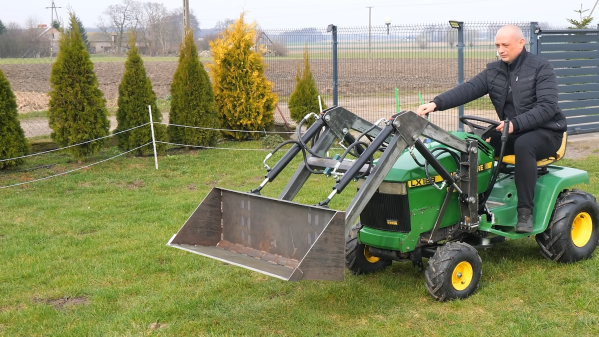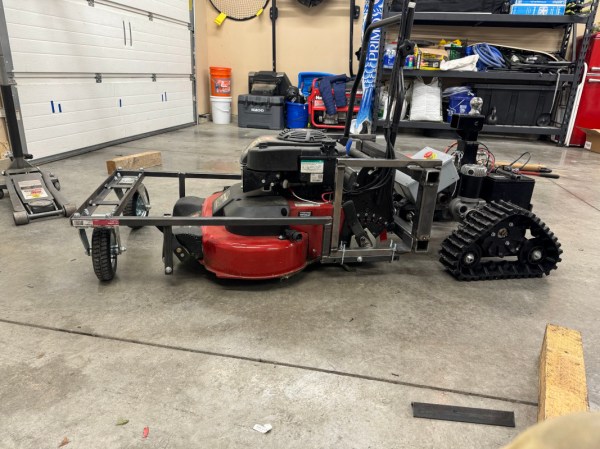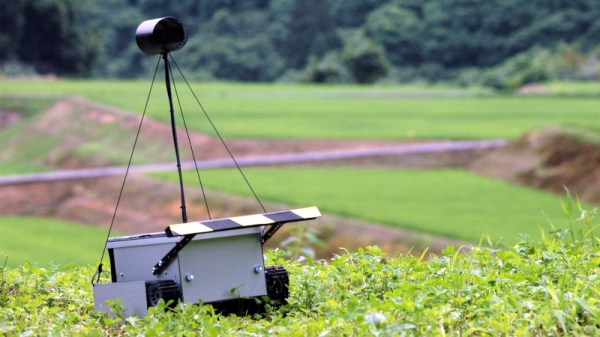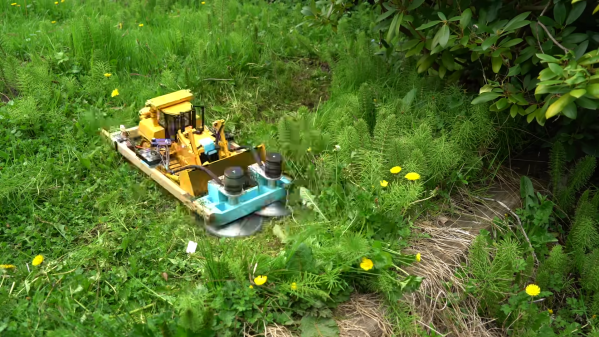The Parkside range of tools as sold in European Lidl stores may be reasonably priced, but it contains some products of far better quality than their modest cost would suggest. This means that Parkside hacking has become as much of a cottage industry as IKEA hacking, and they’re a firm favorite for modifications. [Lambertus] has taken a Parkside robot mower, and converted it from a relatively mundane device to a fully-connected smart robot, with the aid of an ESP8266.
The hardware is surprisingly simple, as all that’s really needed is a stop/go command. This can be readily found by hooking up to the input from the mower’s rain sensor, allowing the ESP to control its operation. Then there’s an accelerometer to allow it to count motion, and a hookup tot he battery to measure voltage. The firmware uses ESPHome, resulting in a mower now connected to home automation.
This isn’t the first time we’ve shown you someone upgrading the smarts on robot mover, and of course we’ve also taken a tour through the history of lawn mowers in general.



















